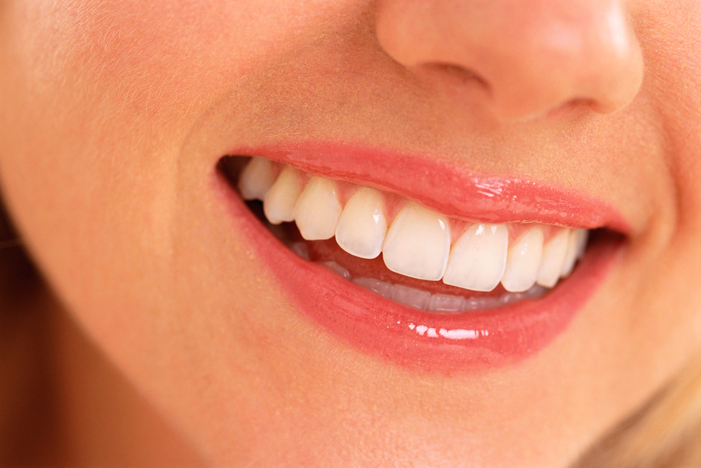What is it?
Bonding is the application of a tooth-colored composite resin (plastic) to repair a decayed, chipped, fractured or discolored tooth. Unlike veneers, which are manufactured in a laboratory and require a customized mold to achieve a proper fit, bonding can be done in a single visit. The procedure is called bonding because the material bonds to the tooth.
What it’s Used for?
Bonding is among the easiest and least expensive of cosmetic dental procedures. The composite resin used in bonding can be shaped and polished to match the surrounding teeth. Most often, bonding is used for cosmetic purposes to improve the appearance of a discolored or chipped tooth. It also can be used to close spaces between teeth, to make teeth look longer or to change the shape or color of teeth.
Sometimes, bonding also is used as a cosmetic alternative to amalgam fillings, or to protect a portion of the tooth’s root that has been exposed when gums recede.
Preparation No preparation is needed for bonding. Anesthesia often is not necessary, unless the bonding is being used to fill a decayed tooth.
How it’s Done
Your dentist will use a shade guide to select the composite resin color that will match the color of the tooth most closely.
Once your dentist has chosen the color, he or she will slightly abrade or etch the surface of the tooth to roughen it. The tooth will be coated lightly with a conditioning liquid, which helps the bonding material adhere.
When the tooth is prepared, your dentist will apply the tooth-colored, putty-like resin. The resin is molded and smoothed until it’s the proper shape. Then the material is hardened with an ultraviolet light or laser.
After the bonding material hardens, your dentist will further trim and shape it. Then he or she will polish the material until it matches the sheen of the rest of the tooth surface.
It usually takes about 30 minutes to an hour to complete the procedure. If you’re having more than one tooth done, you may need to schedule several visits.
Tea, coffee, cigarette smoke and other substances can stain the resin. To prevent or minimize stains, it’s essential to avoid eating or drinking foods that can stain for the first 48 hours after any composite procedure. In addition, brush your teeth often and have them cleaned regularly by a dental hygienist.




